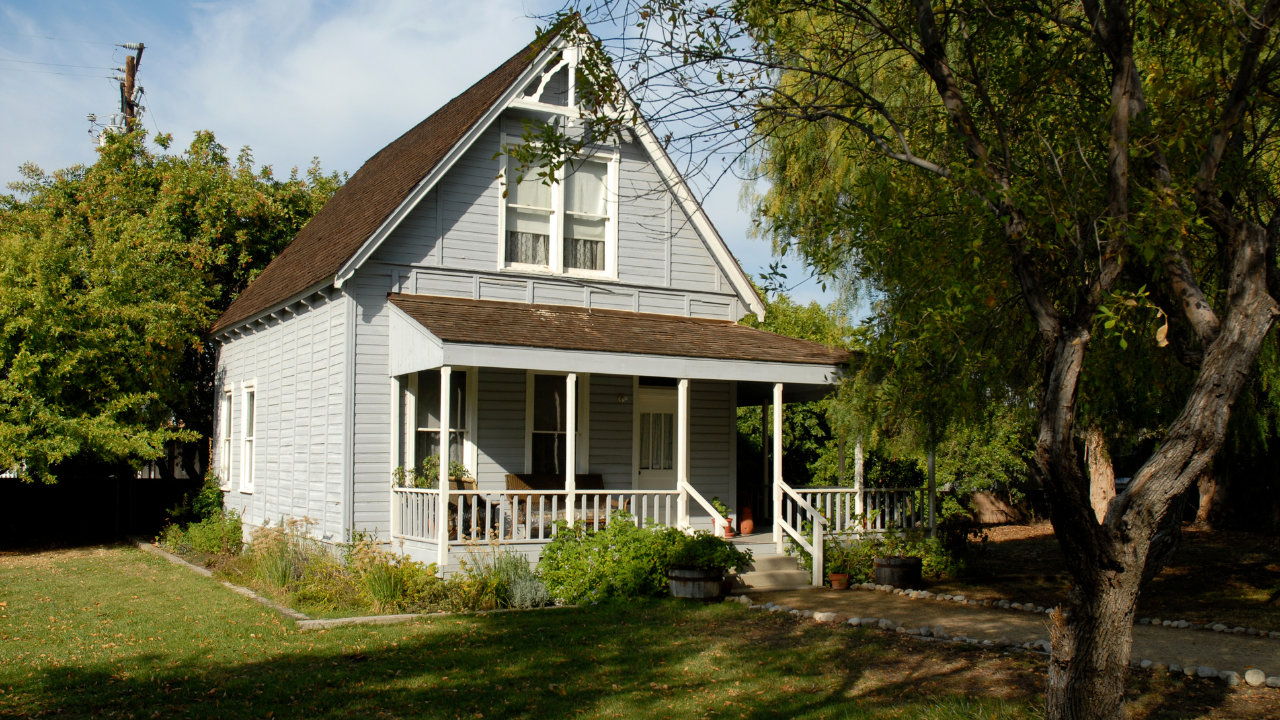
Rural America, with its serene landscapes and tight-knit communities, conceals a pressing concern: the housing challenges faced by its older adults. Aging in place, a deeply cherished desire for many seniors, becomes a complex issue in these regions.
While urban areas display overt signs of homelessness, rural regions often camouflage the issue. Many seniors, despite owning homes, grapple with housing insecurity, often resorting to temporary solutions like living with relatives. Economic challenges, such as the rising cost of housing against stagnant wages, further intensify the problem. Homelessness in rural communities rose by almost 6% from 2020 to 2022.
In rural areas, over half of all households live in units built before 1980. These older homes often struggle with issues like inadequate water access, poor ventilation, and leaking roofs. The cost of maintaining these aging structures is significantly higher, leading to many homes being abandoned or in dire need of repair.
Quality housing is foundational for rural community development. Investments in housing can lead to more job opportunities, better health outcomes, and the revitalization of rural areas.
Rural areas present a unique set of challenges for seniors:
While Upside boasts a national presence, its commitment to rural areas is particularly noteworthy. In regions with limited multifamily properties, Upside adopts a versatile approach. This could involve collaborating with the few existing multi-family providers, acting as a tenant advocate directly with landlords, or partnering with local real estate professionals for the sale or purchase of homes. Upside ensures coverage both nationally and specifically in rural environments but it’s essential to understand that rural areas typically require longer spool-up times to align and recognize resources in that given market.
Understanding the profound benefits of allowing seniors to age in their homes, Upside offers a holistic solution:
Upside’s methodology is a blend of compassion and data-driven strategies:
The housing stability of older adults in rural populations is a call to action. With initiatives like Upside, we can ensure that every senior, irrespective of their location, has a place they can call home.